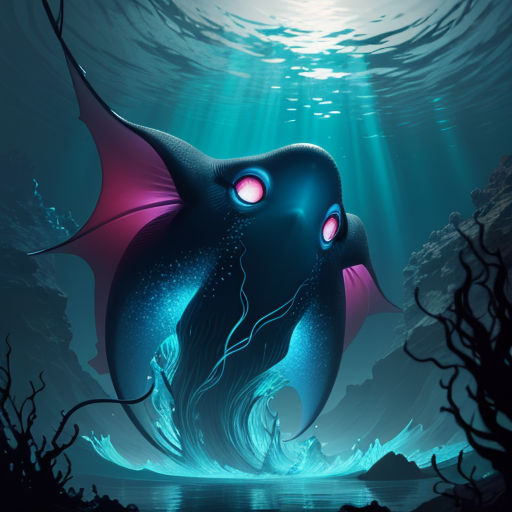
The Luminous Depths
By Storybird

02 Oct, 2023
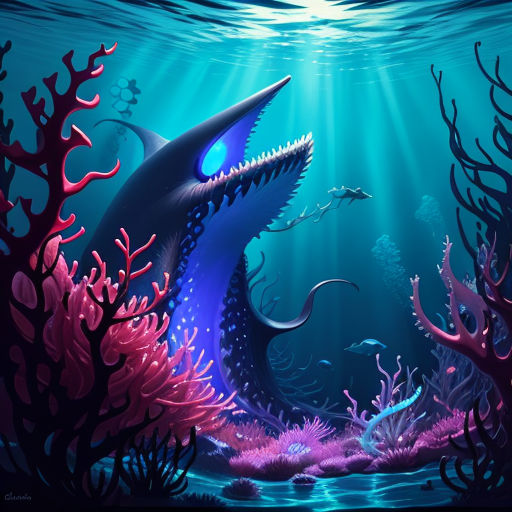
In the unseen depths of the ocean, a creature of darkness thrived, a marvel of nature's adaptability. It was a vampire squid, an enigma of the marine world, living where few dared to venture.

The vampire squid was a master of survival in the deep, using its unique oxygen metabolism to flourish where oxygen was scarce.

This remarkable creature used its bioluminescent organs to navigate the gloomy depths and communicate with its kin.

The vampire squid was not a predator but a scavenger, feeding on detritus that fell from the upper layers of the ocean.
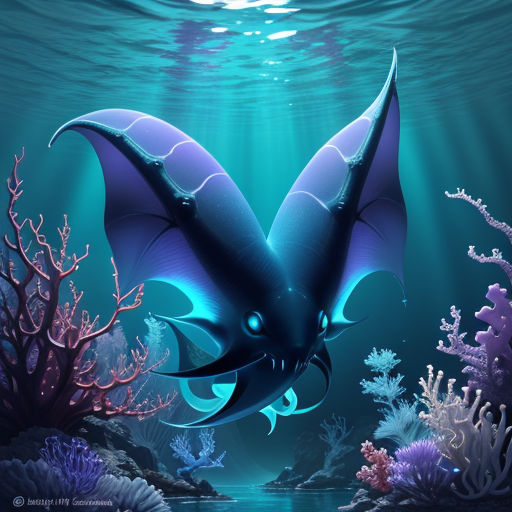
It had two long, retractile filaments, unlike any other cephalopod, a characteristic that set it apart from squids and octopuses.

These filaments were used to feel its surroundings and capture food particles, an ingenious adaptation to the harsh environment.
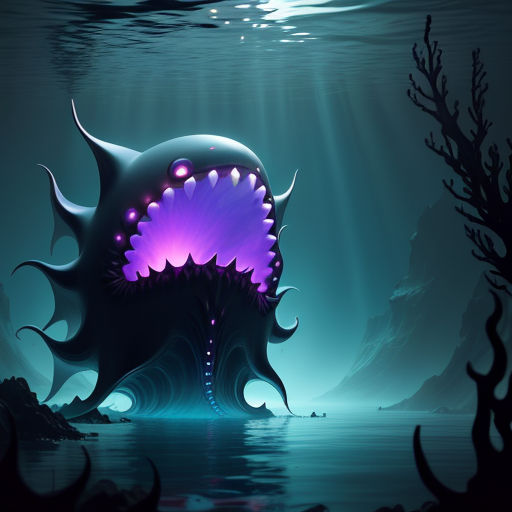
The vampire squid was a solitary creature, spending most of its life in the pitch-black abyss, away from the bustling life of the shallow waters.
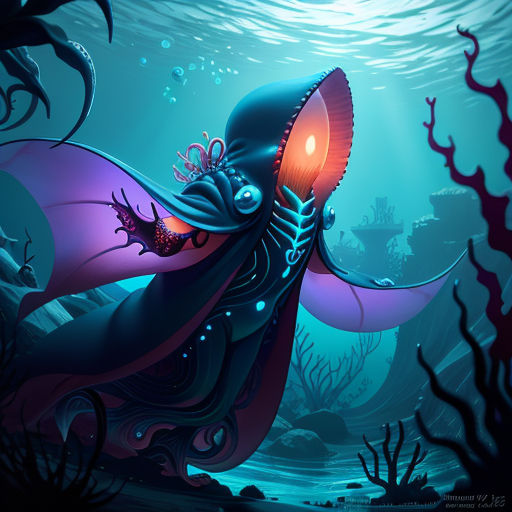
Yet, this isolation did not mean a lack of threats. The deep sea was home to many dangers, and the vampire squid had its own ways of dealing with them.
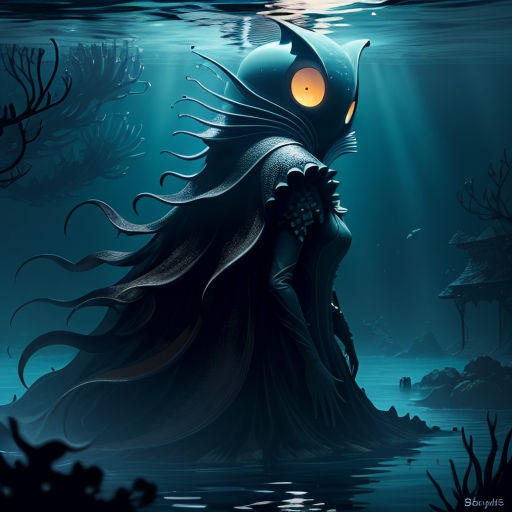
When threatened, it displayed a posture called the "pumpkin" or "pineapple" posture, inverting its caped arms back over its body.
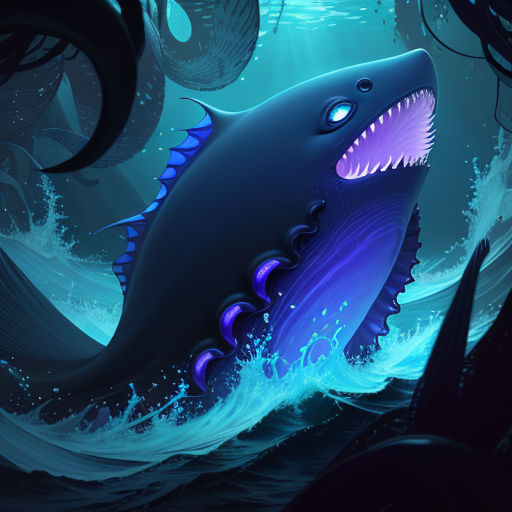
This made it appear larger and more formidable, covered in fearsome-looking but harmless spines, a bluff to ward off predators.
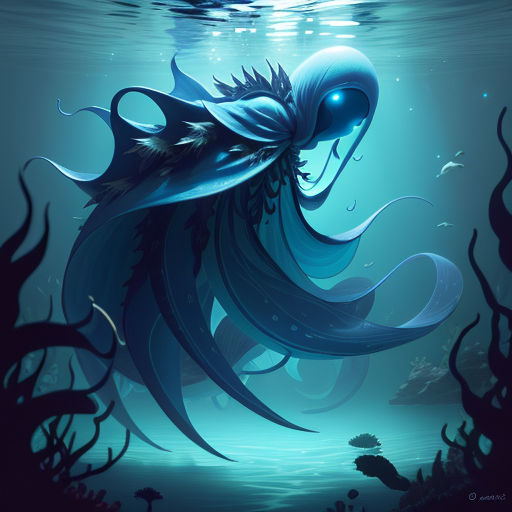
The underside of the cape was heavily pigmented, masking most of the body's photophores and creating an illusion of a larger, more threatening creature.
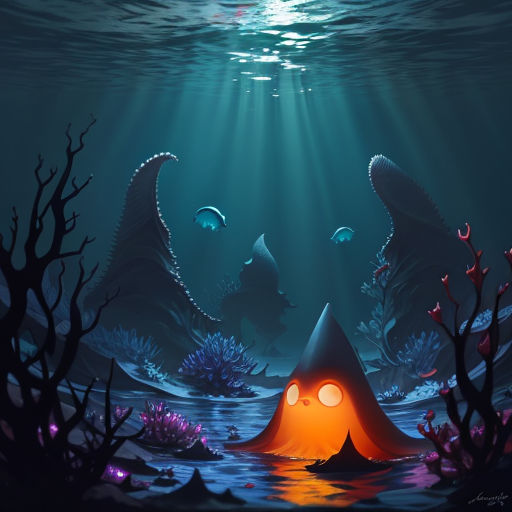
This strategy was usually enough to deter any would-be attackers, allowing the vampire squid to retreat safely into the darkness.

The vampire squid was a relic of a time long past, the only known surviving member of its order, a testament to its resilience and adaptability.
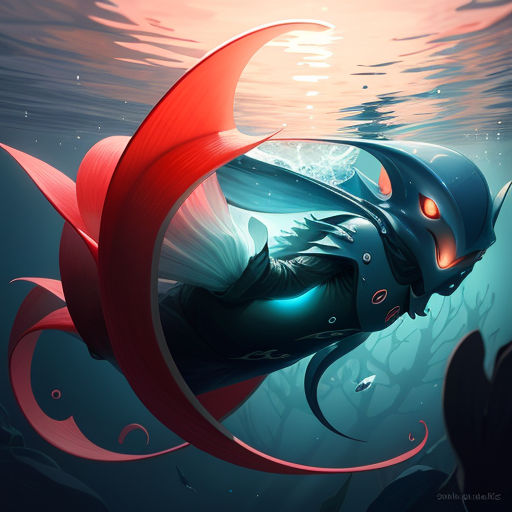
Despite its solitary existence, the vampire squid played a crucial role in the deep-sea ecosystem, recycling organic matter that fell from above.

It was a silent custodian of the deep, maintaining the balance in an environment that was as alien to us as the surface of the moon.
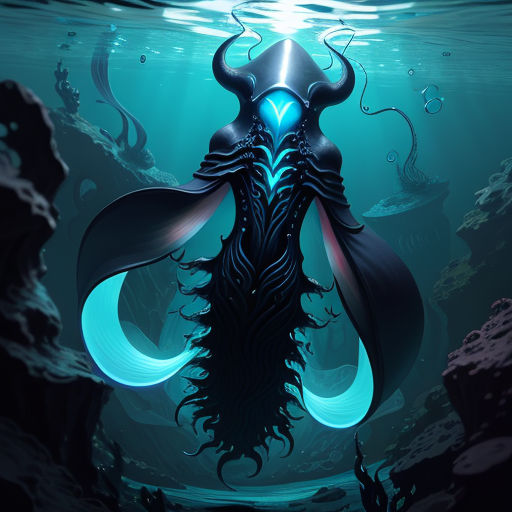
The vampire squid, though named for a creature of horror, was not a monster but a marvel, a creature perfectly adapted to its environment.
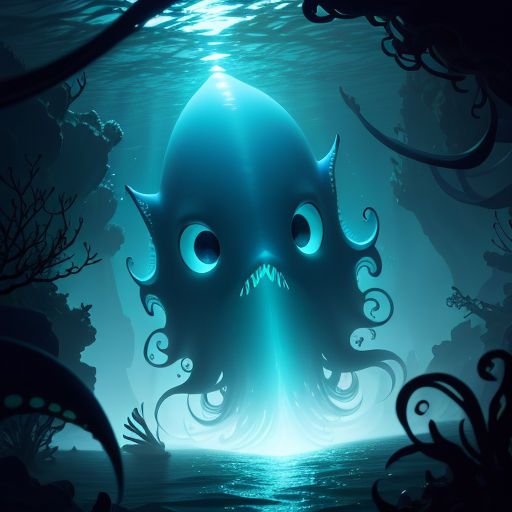
It was a symbol of the unknown, a reminder of the mysteries that still lay hidden in the unexplored corners of our world.
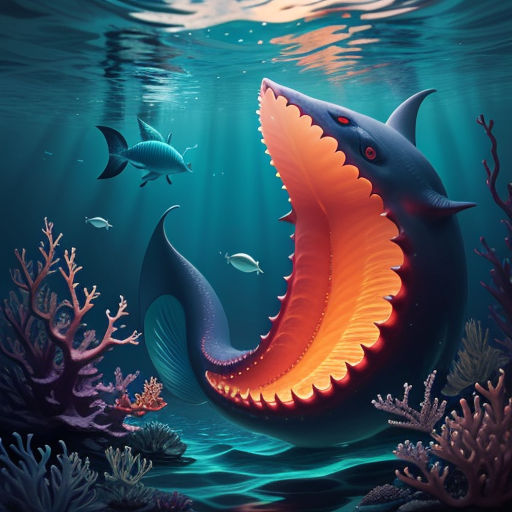
The vampire squid was not a creature to be feared but admired, a testament to nature's resilience and ingenuity in the face of adversity.
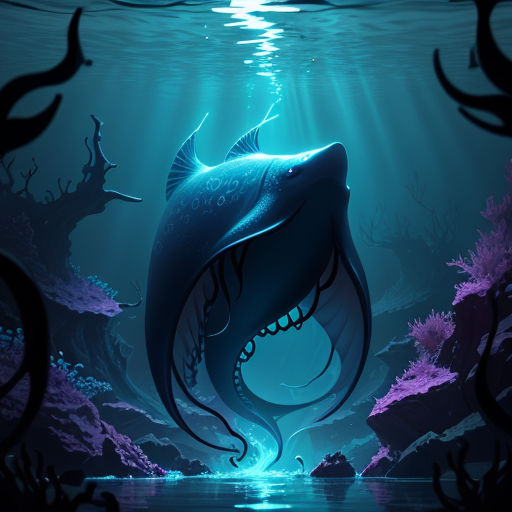
In the silent, lightless depths, the vampire squid danced its solitary dance, a luminescent waltz in the heart of the ocean.
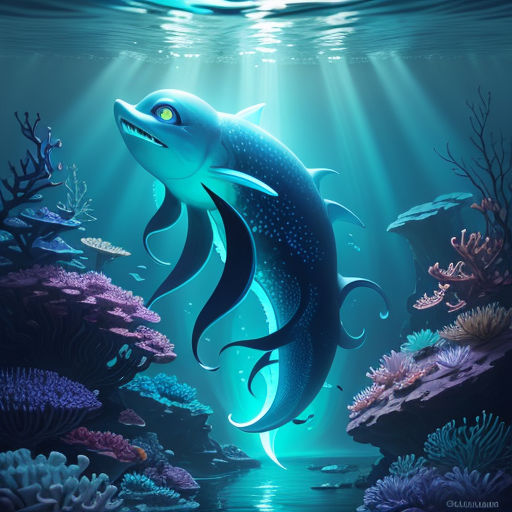
With every pulsing glow of its bioluminescent organs, it told a story of survival against all odds, a story of resilience and adaptation.
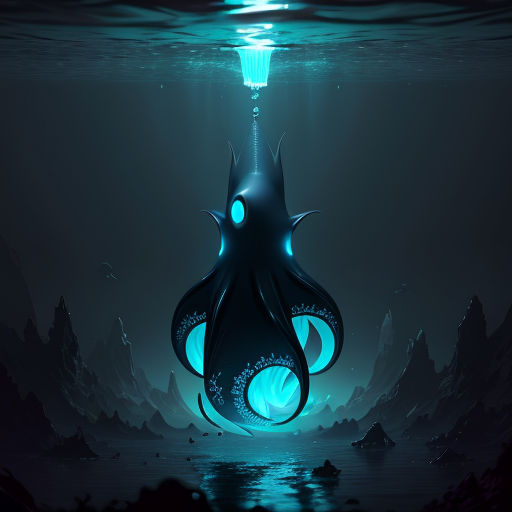
The vampire squid was a beacon in the darkness, a glimmer of life in a world of shadows.
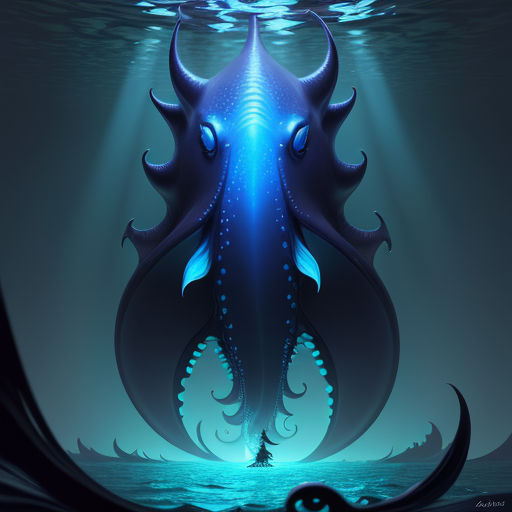
As it moved gracefully through the abyss, the vampire squid carried on its vital role in the deep-sea ecosystem, a silent guardian of the deep.
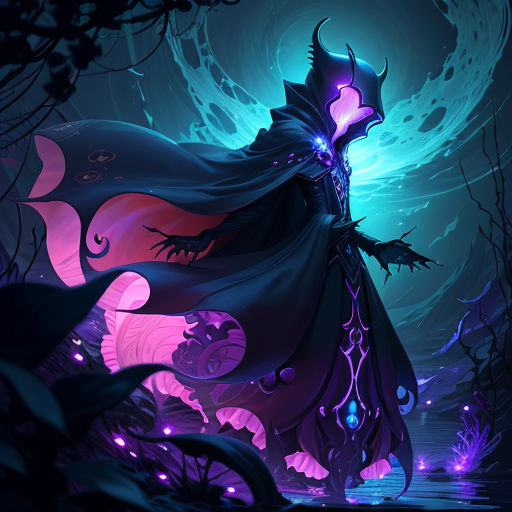
The vampire squid, a creature of darkness, was a light in the abyss, a testament to the wonder and resilience of life.
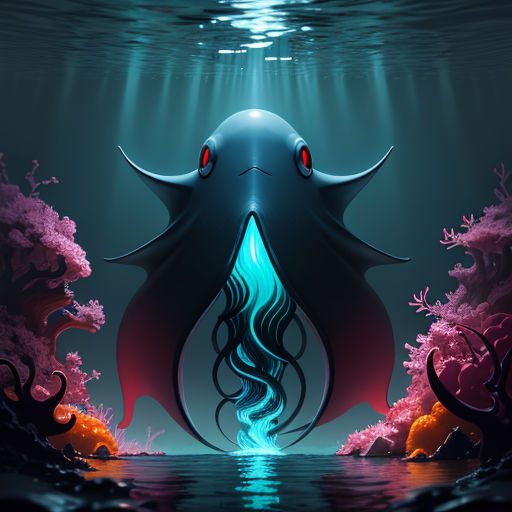
In the heart of the ocean, the vampire squid thrived, a symbol of life's triumph against the odds, a beacon of resilience in the face of adversity.
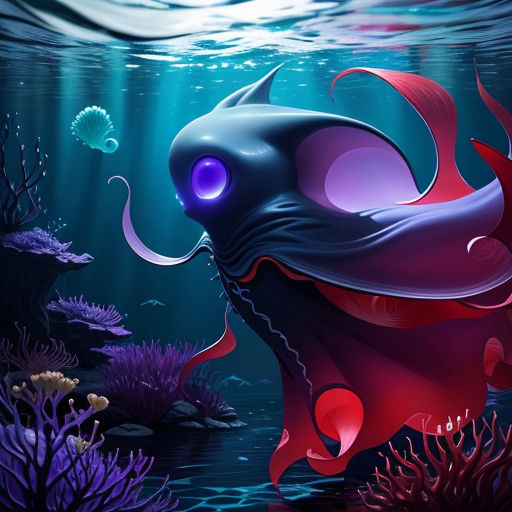
And so, in the silent, lightless depths, the vampire squid danced, a solitary waltz of survival in the heart of the ocean, a luminous spectacle in the eternal night.